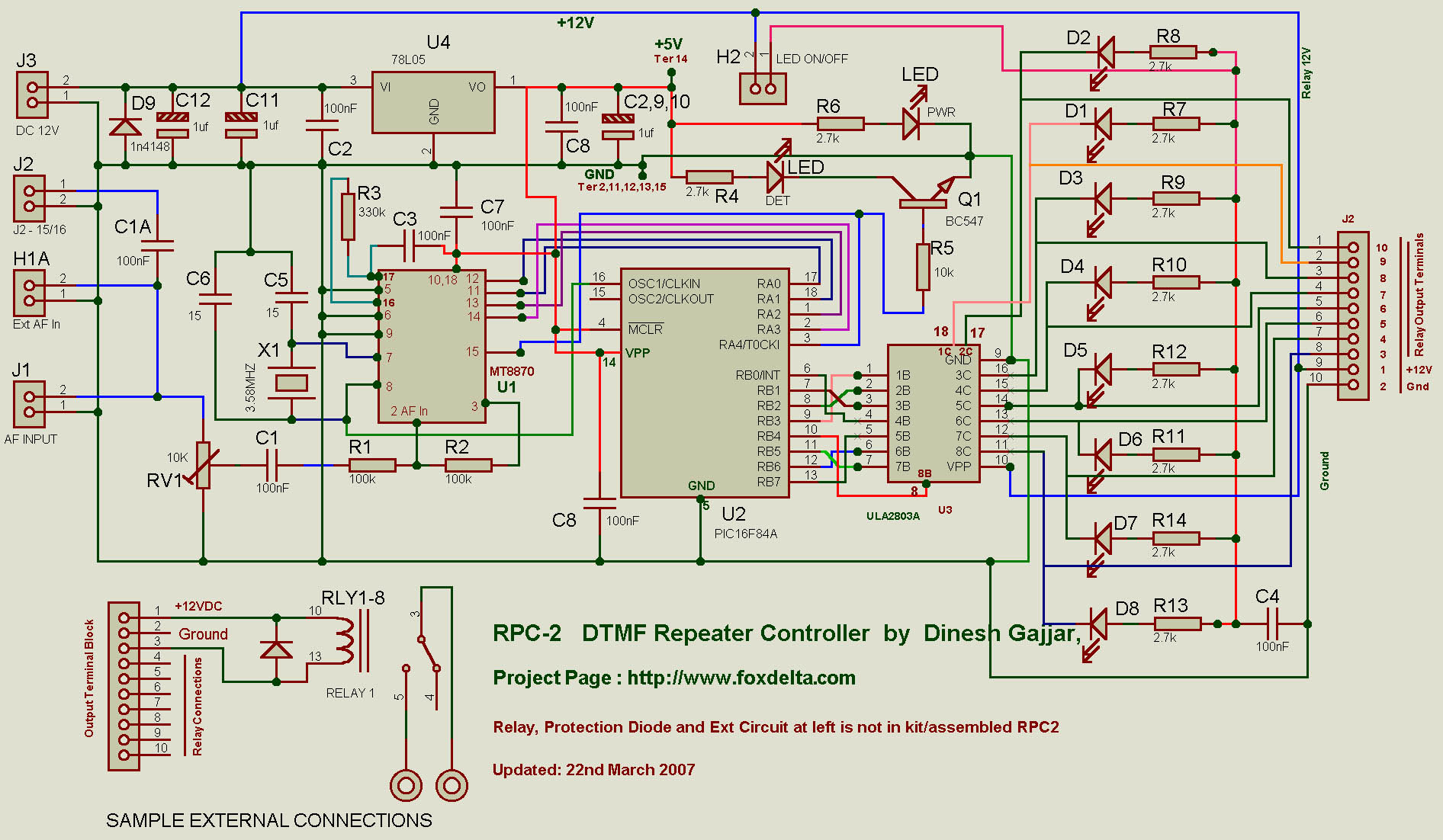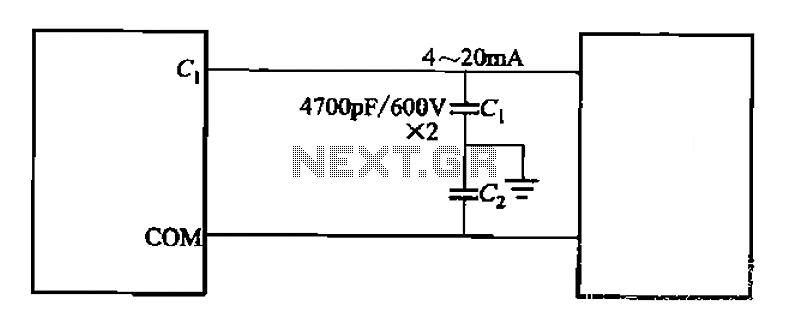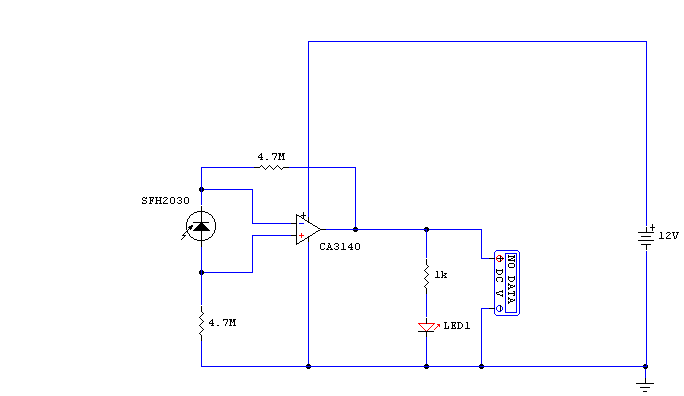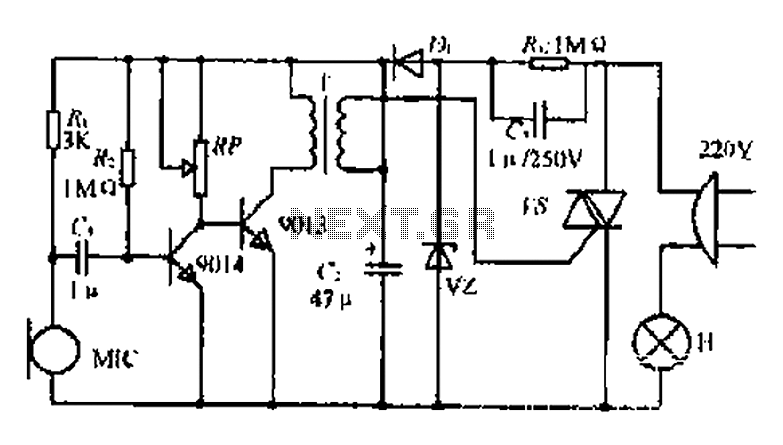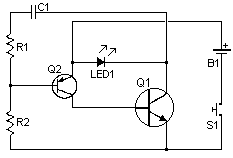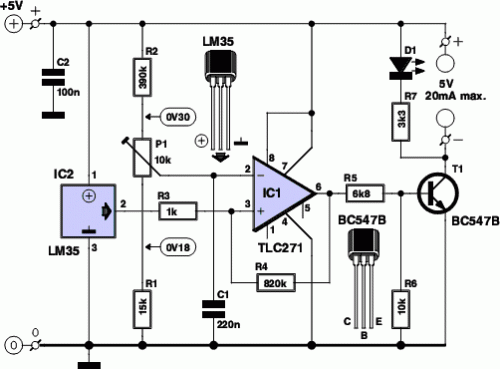
Rise Nikon Camera Remote Control
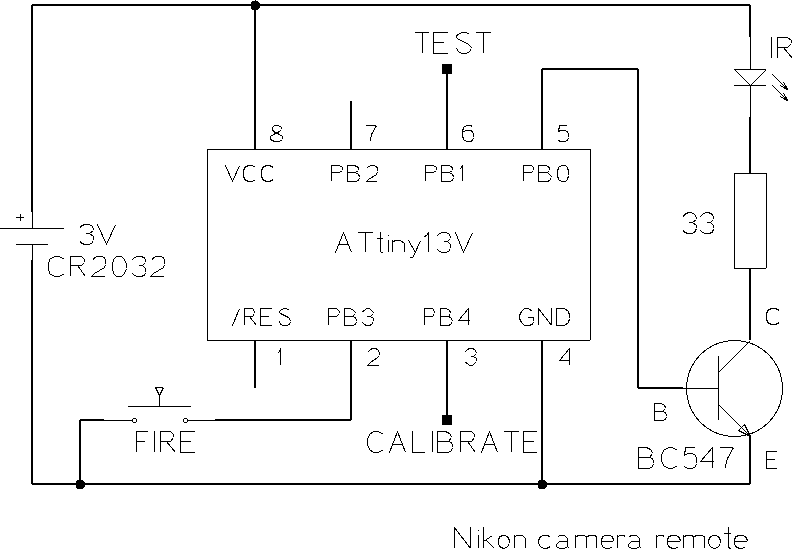
This is an infrared (IR) remote control designed for Nikon cameras, specifically compatible with the Nikon ML-L3 remote control. The supported camera models include D40, D40X, D50, D60, D70, D70s, D80, Coolpix 8400, and 8800. The circuit design is straightforward, utilizing an ATtiny13V microcontroller, a button, a transistor, a resistor, an IR diode, and a 3V battery. While it is possible to connect the IR diode directly to the ATtiny13V by omitting the transistor and resistor, this configuration would restrict the LED current and consequently reduce the operational range. The design opts for a permanently powered circuit, connecting the button to an input rather than using it to control the power. This approach guarantees that the IR signal is fully transmitted, even if the button is released prematurely, and helps in filtering out any contact bounce. The circuit's standby power consumption is minimal, comparable to the self-discharge rate of the lithium battery, ensuring negligible impact on battery life. The internal oscillator of the ATtiny13V functions as the clock source, providing adequate accuracy, though calibration may be recommended for optimal performance. Refer to the main.c file for further details.
The IR remote control circuit for Nikon cameras is designed to facilitate wireless operation of various models, enhancing user convenience. At the core of the circuit is the ATtiny13V microcontroller, which serves as the primary control unit. This microcontroller is known for its low power consumption and compact size, making it ideal for battery-operated devices. The inclusion of a button allows the user to initiate the IR signal transmission, while the permanent power configuration ensures uninterrupted operation.
The circuit comprises several key components: the ATtiny13V, an IR diode, a button, a transistor, a resistor, and a power source (3V battery). The IR diode is responsible for emitting the infrared signals that communicate with the camera, while the transistor and resistor can be included to manage the current flowing through the IR diode. Although the design permits direct connection of the IR diode to the microcontroller, it is advisable to use the transistor and resistor to optimize the current and enhance the transmission range.
In terms of power management, the circuit is designed to maintain low standby consumption. This is achieved by allowing the circuit to remain powered continuously, which is particularly advantageous as it minimizes the likelihood of missed signals due to button release. The design also incorporates measures to filter contact bounce, ensuring reliable operation when the button is pressed.
The internal oscillator of the ATtiny13V provides the necessary clock signal for the microcontroller's operation. While the default settings may suffice for most applications, calibration of the oscillator can be performed to achieve higher accuracy in timing, which is crucial for precise IR signal transmission. For those interested in modifying the circuit or understanding its operation in greater depth, the main.c file contains valuable code and configuration details that can guide users in optimizing performance or adapting the design for other applications.
Overall, this IR remote control circuit exemplifies a practical and efficient solution for remote camera operation, combining simplicity with effective functionality.This is an IR remote control for Nikon cameras. It is compatible with the Nikon ML-L3 remote control. Supported cameras include: D40, D40X, D50, D60, D70, D70s, D80, Coolpix 8400 8800. This design is based on an idea from The circuit is extremely simple: an ATtiny13V, button, transistor, resistor, IR diode and 3V battery. You could even omit the transistor and resistor, and connect the IR diode directly to the ATtiny13V, but that will limit the LED current and therefor the range. I chose to power the circuit permanently, and connect the button to an input, instead of controlling the power with the button.
This ensures that the IR sequence is always completely sent, even when you release the button too early, and that contact bounce may be filtered. The standby power consumption is so low, about the same as the self-discharge rate of the lithium battery, that this does not really affect the battery life.
The internal oscillator of the ATtiny13V is used as a clock source, which seems to be sufficiently accurate. To get optimal results, you may want to calibrate the internal oscillator. See main. c for details. 🔗 External reference
The IR remote control circuit for Nikon cameras is designed to facilitate wireless operation of various models, enhancing user convenience. At the core of the circuit is the ATtiny13V microcontroller, which serves as the primary control unit. This microcontroller is known for its low power consumption and compact size, making it ideal for battery-operated devices. The inclusion of a button allows the user to initiate the IR signal transmission, while the permanent power configuration ensures uninterrupted operation.
The circuit comprises several key components: the ATtiny13V, an IR diode, a button, a transistor, a resistor, and a power source (3V battery). The IR diode is responsible for emitting the infrared signals that communicate with the camera, while the transistor and resistor can be included to manage the current flowing through the IR diode. Although the design permits direct connection of the IR diode to the microcontroller, it is advisable to use the transistor and resistor to optimize the current and enhance the transmission range.
In terms of power management, the circuit is designed to maintain low standby consumption. This is achieved by allowing the circuit to remain powered continuously, which is particularly advantageous as it minimizes the likelihood of missed signals due to button release. The design also incorporates measures to filter contact bounce, ensuring reliable operation when the button is pressed.
The internal oscillator of the ATtiny13V provides the necessary clock signal for the microcontroller's operation. While the default settings may suffice for most applications, calibration of the oscillator can be performed to achieve higher accuracy in timing, which is crucial for precise IR signal transmission. For those interested in modifying the circuit or understanding its operation in greater depth, the main.c file contains valuable code and configuration details that can guide users in optimizing performance or adapting the design for other applications.
Overall, this IR remote control circuit exemplifies a practical and efficient solution for remote camera operation, combining simplicity with effective functionality.This is an IR remote control for Nikon cameras. It is compatible with the Nikon ML-L3 remote control. Supported cameras include: D40, D40X, D50, D60, D70, D70s, D80, Coolpix 8400 8800. This design is based on an idea from The circuit is extremely simple: an ATtiny13V, button, transistor, resistor, IR diode and 3V battery. You could even omit the transistor and resistor, and connect the IR diode directly to the ATtiny13V, but that will limit the LED current and therefor the range. I chose to power the circuit permanently, and connect the button to an input, instead of controlling the power with the button.
This ensures that the IR sequence is always completely sent, even when you release the button too early, and that contact bounce may be filtered. The standby power consumption is so low, about the same as the self-discharge rate of the lithium battery, that this does not really affect the battery life.
The internal oscillator of the ATtiny13V is used as a clock source, which seems to be sufficiently accurate. To get optimal results, you may want to calibrate the internal oscillator. See main. c for details. 🔗 External reference
